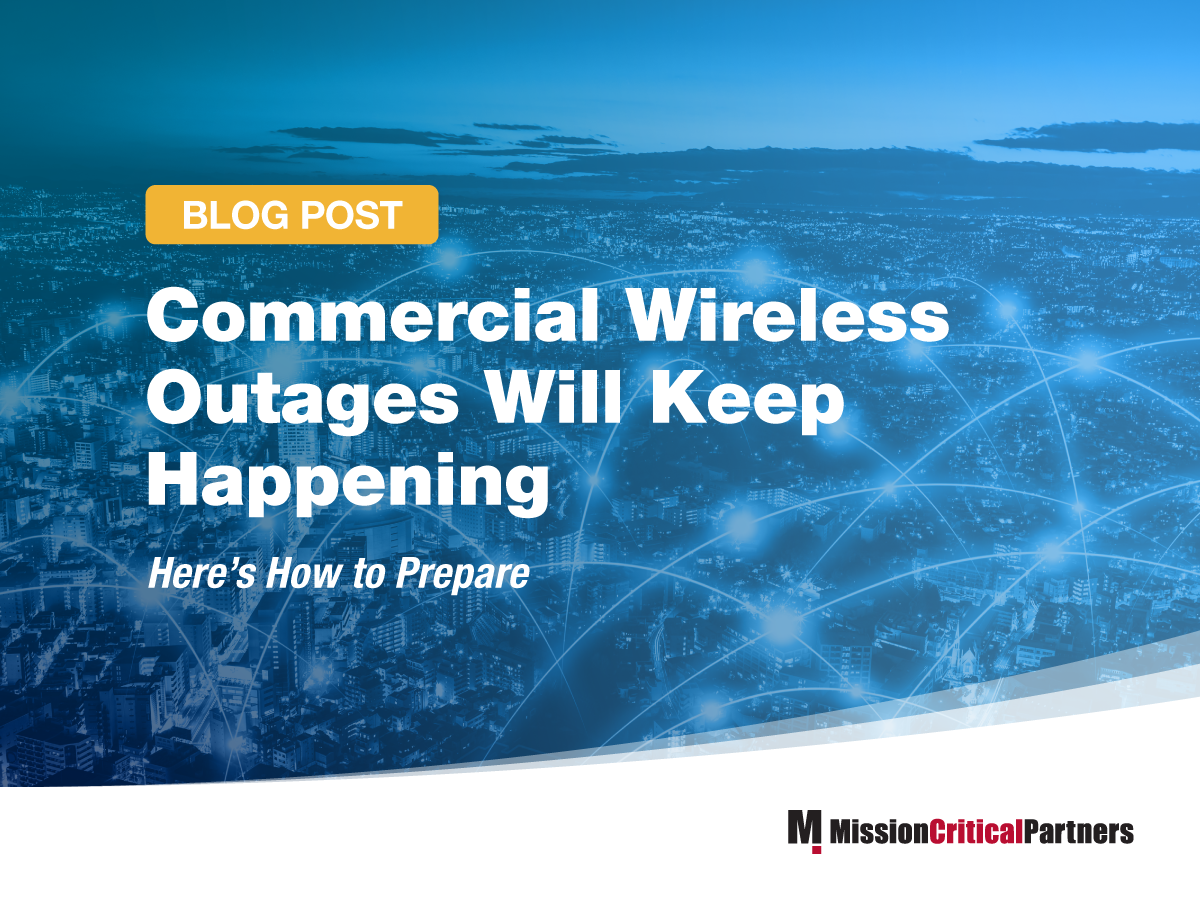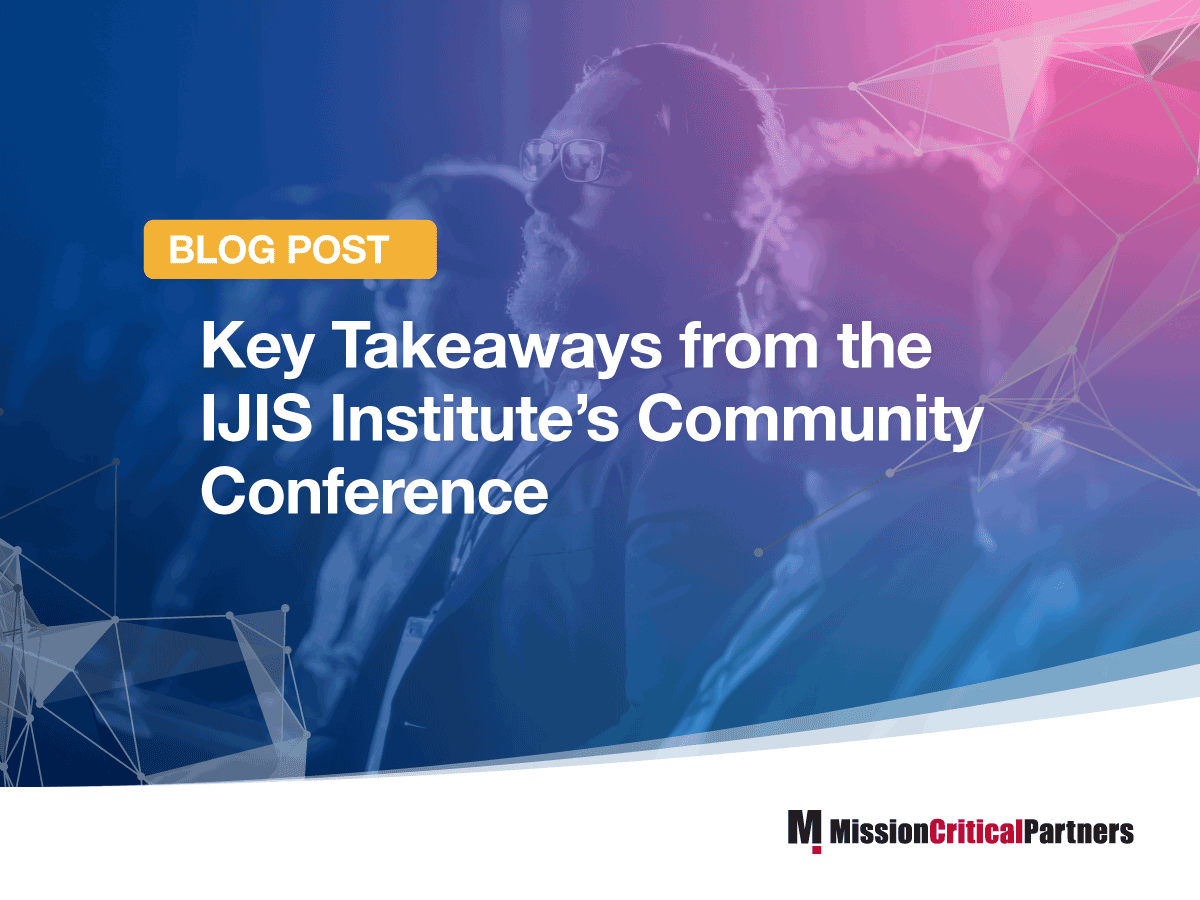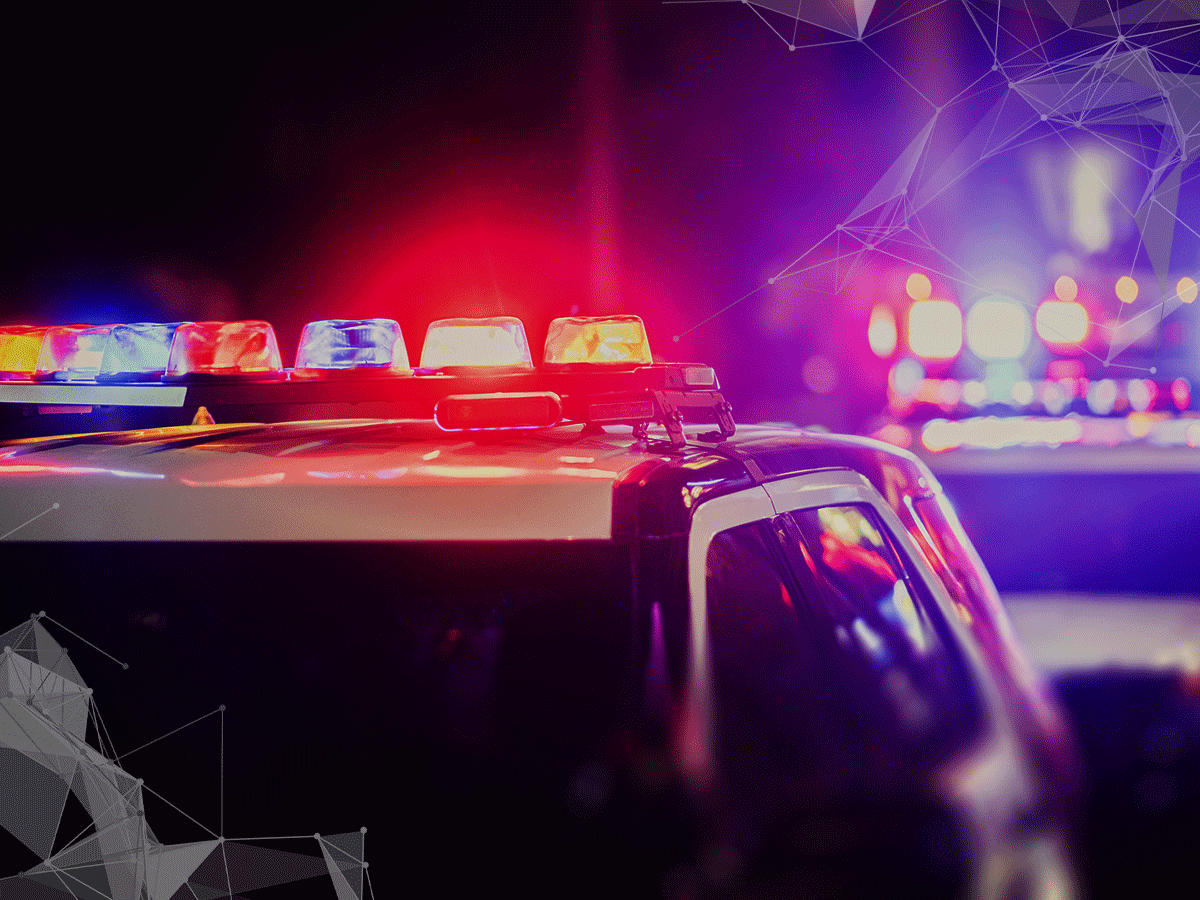Alarm Calls Are Not ‘Nonemergencies’ — Why 911 Centers Must Rethink Automation and Embrace ASAP Service
In today’s emergency communications landscape, staffing shortages, skyrocketing call volumes, and increasing public expectations are driving Emergency Communication Centers (ECCs) to seek innovative solutions. Artificial Intelligence (AI) tools and Interactive Voice Response (IVR) systems are often seen as lifelines, offering a way to handle nonemergency calls efficiently, freeing telecommunicators to handle the highest-priority incidents.














